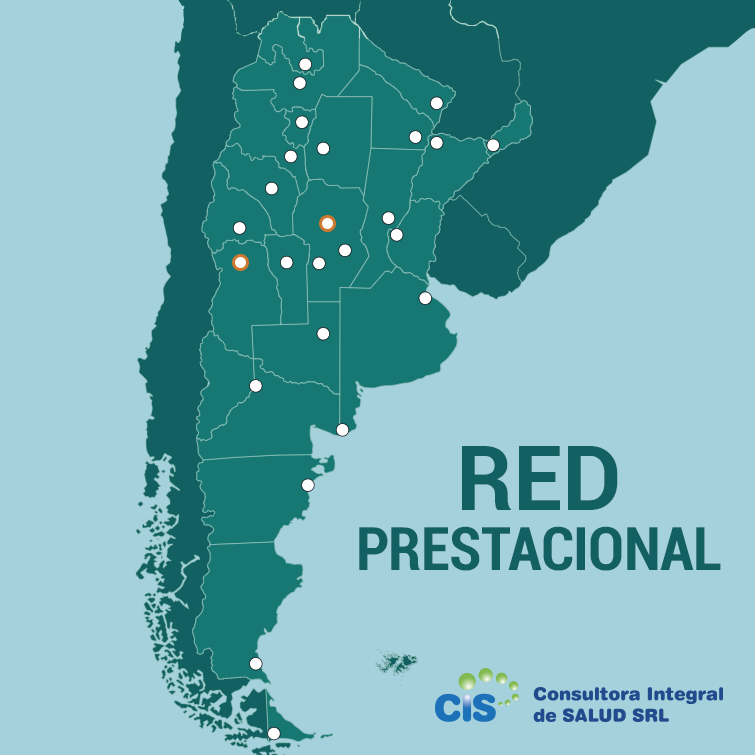How the COVID-19 pandemic has affected rheumatology research
The COVID-19 pandemic has put pressure on researchers around the world. In this Viewpoint, six rheumatology researchers at different career stages and...
27 enero, 2022 in Artículos Covid Investigación Clínica 1






